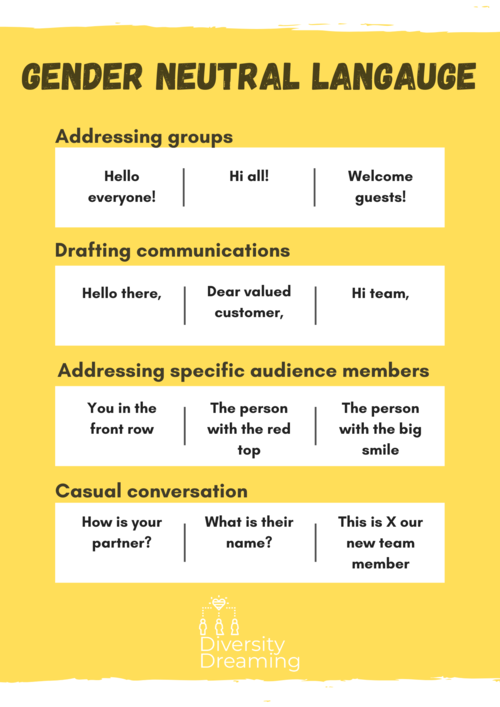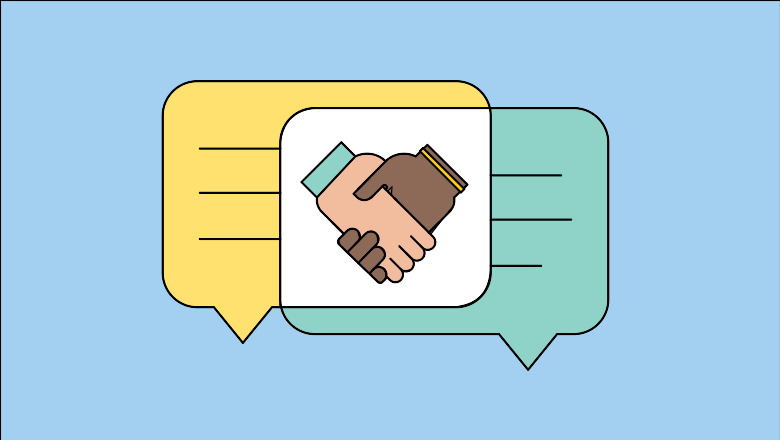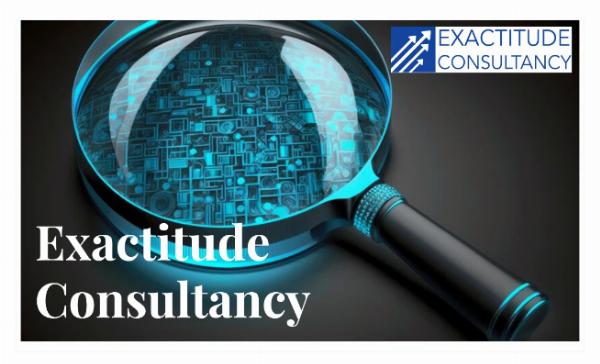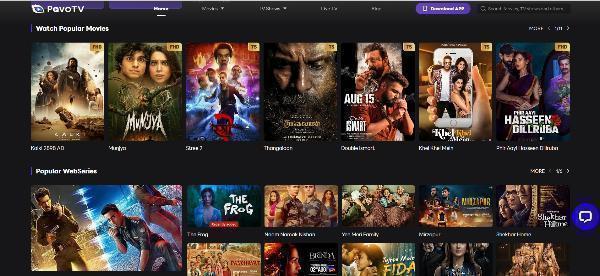Diversity, equity and inclusion (DEI) have been hot topics these last few years. While they’re certainly not new subject areas, companies and organizations are paying closer attention to their DEI efforts both internally and externally.
Using inclusive language is more than making your social media posts more accessible. It also applies to your internal communications, job post descriptions, marketing emails and general customer interactions. Inclusive language should be etched throughout your communications as an organization in the same way DEI should be foundational to how you're operating as a business.
Employing an inclusive language lens to your writing means looking at how your words might impact others of various identities, especially when you don’t carry the same identities. This can be critical to maintaining a strong brand reputation.
What is inclusive language and why is it important?
“Inclusive language acknowledges diversity, conveys respect to all people, is sensitive to differences, and promotes equal opportunities,” writes the Linguistic Society of America.
The use of words that are not inclusive is a byproduct of common use in society and not because of intention. However, the impact is still the same. Inclusive language works to avoid stereotypes and makes the receiver feel like they’re part of the target audience.
From the definition alone, it's clear that writing and speaking inclusively is something that your company should value. Why is it important for inclusive language to be central to your brand voice?
To borrow some lines from Sprout’s style guide, “The goal of every piece of Sprout communication is to educate, empower, support and inspire trust. Which means using language that makes all people feel seen, safe and included.'
And don’t you want that feeling for your employees and your customers?
Phrases to avoid in brand communication
There are several categories that come up often for inclusive language. This is not an exhaustive list and it’s highly encouraged to conduct your own research to determine what works best for your company or brand.
1. Age
Ageism is the discrimination of a person based on age, whether young or old, and it can sometimes sneak into everyday conversation. If you've ever hear someone refer to a certain behavior as “childish” or describe an item as “old lady,” that's ageism. In tech, the “mom test” brings in both age and gender, implying that someone older than a certain age wouldn't be able to figure out the tech item.
When possible, use specific terms to refer to a person's age, if necessary. Take a page out of the American Medical Association's Manual of Style when referring to age:
Infants are aged 1 month to 1 yearChildren are aged 1 to 12 yearsAdolescents and teenagers are aged 13 to 17Adults are 18 years and older, but persons aged 18 to 24 may also be references as young adultsOlder adults can be referred to as just that: older persons, older people, people 65 years and olderCheck out the AARP for additional phrases to avoid and replace with.
2. Class & socioeconomic status
You might notice terms that denote class remove a person from the subject and dehumanizes them. In marketing, cultural references that imply a shared childhood experience should generally be avoided.
Some alternative phrases include:
A person experiencing homelessnessPeople without homesEconomically disadvantaged3. Disabilities
Disabilities come in all forms: physical, mental, developmental and intellectual. Some are visible while others are not. For example, some who have chronic diseases and conditions don’t exhibit outward physical symptoms.
Phrases to avoid include: handicap, lame, dumb, bipolar (when not discussing the mental health diagnosis), 'I had a PTSD moment,' “falling on deaf ears” and normal.
When talking about a person, it’s best to use phrasing like “someone diagnosed with.” For communities with deaf/hard of hearing and autistic people, they tend to prefer language that puts the descriptor first. In any situation where you need to refer to someone with a disability, it’s always best to ask their preferences.
Preferred examples may include:
Persons with a disabilityPersons with diabetesPhysically disabledDeaf persons or deaf communityAutistic persons4. Gender
Two of the most apparent uses of gender in communications include the use of assumed pronouns and phrases when addressing an audience. “Hey guys” is very commonly used, as well as “Hello ladies” or “yes, sir.” Or positions with 'man' in the title such as “postman,” “policeman” and “chairman.”















